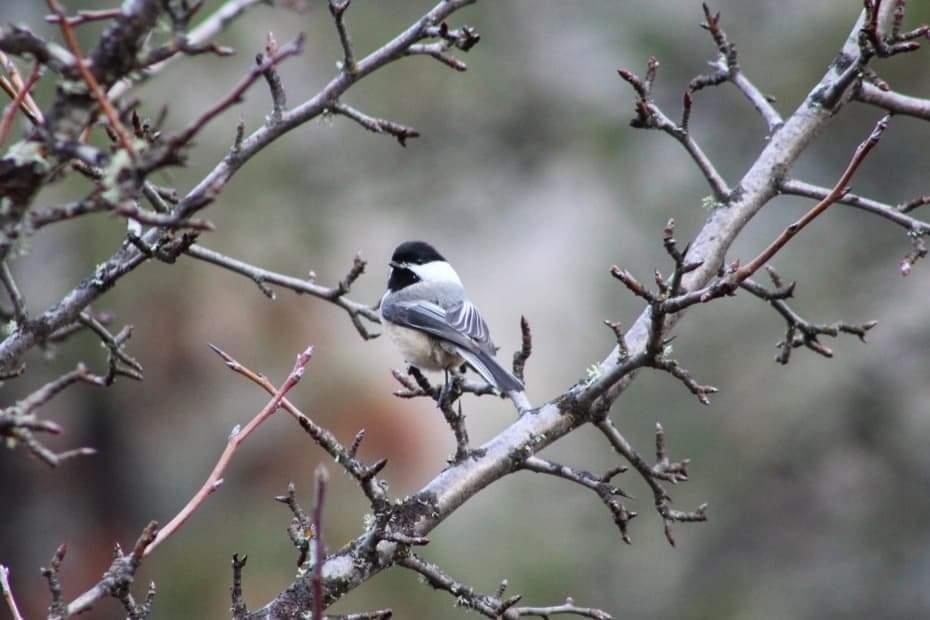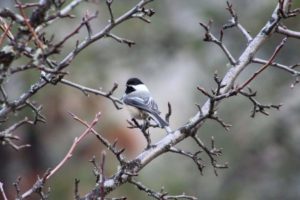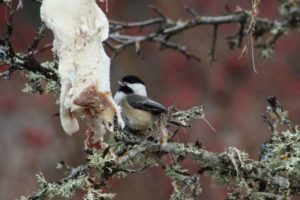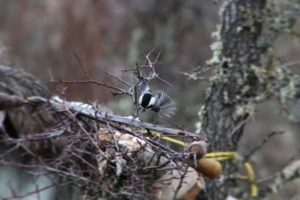
Whilst we are going about our daily activities there are two horse nomads journeying to South Eastern Oregon from North Idaho. Michael Ridge, known as Walking with Western Wildflowers, and Amanda Barnett (@mountain.manders) live to travel to wild places that are still very much part of nature.
Michael often writes of his endeavours, and recently published a piece called Life on a Packstring in which he describes his lifestyle. It is particularly interesting to hear about the restoration work that he undertakes. In the aforementioned content he talks of this:
"I regularly gather a lot of seed, primarily native: everything from grasses to fruit trees to berry bushes, roots, and lilies. I plant seeds everywhere we make camp. One goal is to flip the otherwise negative impact horses can have when they’re contained into a positive impact. It feels good to leave each camp better than I found it. Tending the sites where we camp has become an ongoing act of restoration: a mission, so to speak... It’s important to plant the seeds before the winter freeze, so they can sprout come spring. My seed bundle is a collection of native companion plants mixed with a library of wild edible natives I gathered through the travel seasons."
This adventure started for Micheal six years ago when he decided to raise and train his own horses, make clothes from deer and elk skins, and gain experience in foraging and hunting for food. Since then he has become an expert in the wild foods in Idaho and the greater West. He recently had the pleasure of planting on a site called Battle Ridge, where the US Army attacked the Native American Nez Perce tribe. 143 years later, Michael Ridge found himself contentedly re-establishing a seed bank of breadroots, lilies, berries, and fruit trees.
Michael has been recently joined by Amanda who shares a passion for nature and the 'reciprocity in wild places'. She also believes that people can have a positive impact on earth, and she loves the beautiful life that she leads. Recently, Amanda posted an interesting insight into her interaction with birds within the landscape around her. One species that she has observed is the Black-capped Chickadee. They often visit a pear tree in which she hangs hides that she will use during her nomadic life. By sloughing the fat off these hides she can attract birds who require a high-fat diet during the winter months. Recently, she spoke of her experience with these dainty little birds:
"Every day one or two chickadees come in waves to pick at the fat and fly off. Today, they decided we could share the space. While my muscles burned from scraping the grain off of a soggy hide, they picked at the slabs and strings of fat we've draped across the branches as a quick way to clean the draw knife, the pear thorns acting as skewers to hold it on. But being shy of my presence, they could not spend much time there. So I found a solution. Every time they announced their arrival with chirps and tweets I backed away, grabbed my camera"
She went on to say:
"In this life, we identify where reciprocity exists to understand the benefits of our actions. It creates awareness of our space and the effect on our surroundings. This is one small example. I scrape deer hides, and when the fat falls off I hang it in the thorns for the chickadees to eat. I give them space to forage in peace and in turn, they grant me the gift of their presence in photos and song as well as a quick break from my work. They flutter away for a while and return later because I have provided them a much needed resource, however unintentional it was at first. They also feel safe to forage here, and so the circle continues..."
Here are some of her photographs:



Photographs courtesy of Amanda Barnett
As I sit here writing, I think it would be wonderful to have the opportunity to enjoy the freedom of travelling in nature. Alas it is not always possible. However, we have to do what we can, with the resources we have, relative to the situation that we find ourselves in. It is enormously beneficial to our overall health to be absorbed in the realms of nature, embedding it where we can in our day to day lives. Last year we heard the buzz of people talking about forest bathing and taking in the environment for the purpose of rejuvenating mental wellbeing. In Finland they are very interested in making sure that there is a good proportion of green areas within their urban environs. Whilst this does help the people that live there, it is also important for species inhabiting the areas. We must make positive movements to improve the environment for species that are struggling due to habitat fragmentation, changes in the climate, and deterioration of ecosystem services. There are many projects where green corridors are being established on a landscape scale, ensuring the ease of movement of animals and plants (seed dispersion), as well as purposeful establishment of green islands that provide stop off points full of resources that are required as a species travels. We can all do our bit for the continuation of species, whether it be through the planting of wildflowers and other native plants, or the integration of suitable habitat features that animals can use.
Here at Wildcare we can provide you with the tools that you need for habitat creation. Nest boxes can be installed to help species of mammals, birds, and bats. If you ring up ask us about our bird food range too!
We would like to thank Michael Ridge and Amanda Barnett in allowing us to share their wonderful stories.
Edited by Carmen Wheatcroft


